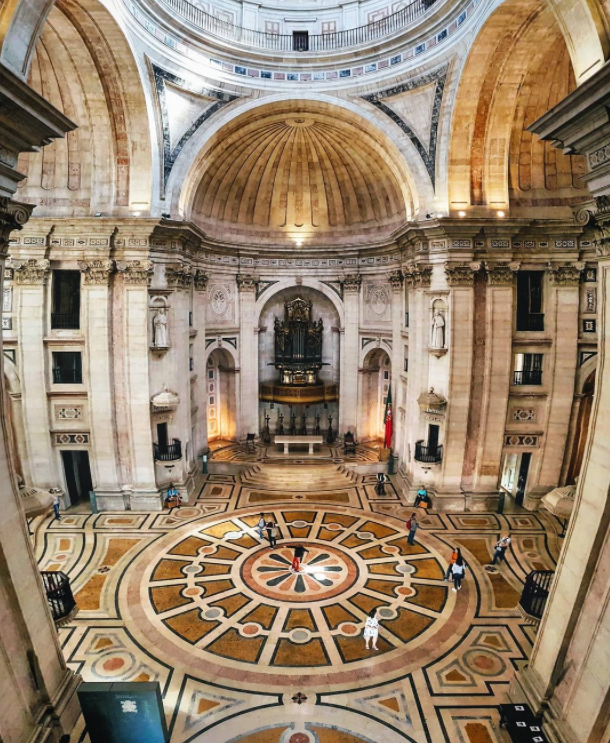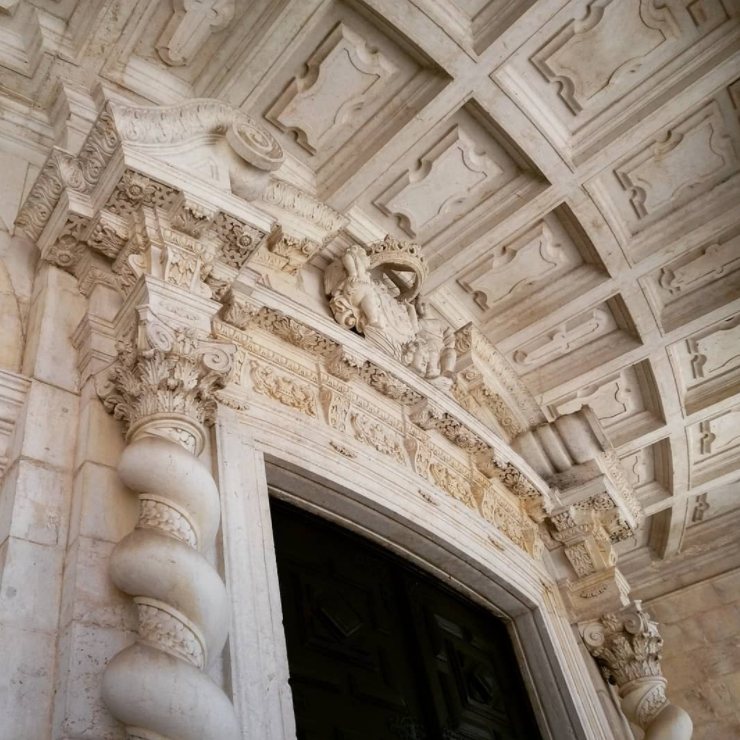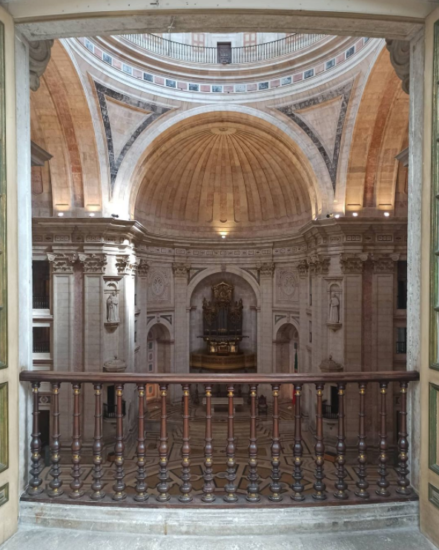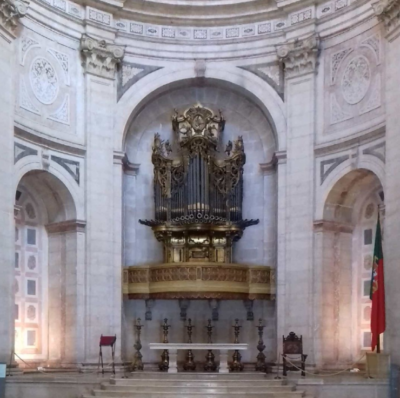Panteão Nacional
The works for the Church of Saint Engracia which would later become the Panteão Nacional began in the 1680s. It would take almost 400 years for the massive dome to be completed, a delay that became an aphoristic expression “as Obras de Santa Engrácia” (translates into “the works of Santa Engratia”) a reference to a Portuguese ancestral habit of leaving things unfinished.
The Church is better known today as the Pantheon National, a place where some of the most important national figures like the first elected presidents of the Portuguese republic, famous Portuguese writers, and even important singers like Amália Rodrigues are entombed while historic national figures like Vasco da Gama are also celebrated with their cenotaph in a form of a shrine.


The fascinating story of its construction is now being told in the exhibition “Os tempos do lugar”. The Pantheon of national heroes is an example of the triumph of the Baroque and its propensity for mixing, the excess that coexists with the narrow streets of a medieval Alfama. It is one of the most striking buildings in the cityscape of the Portuguese capital.
The white stone and the domes of round opulence offer themselves to the gaze of those crossing any of the bridges, and even from a distance, it spreads a whole charm that can only be possessed by places that defy time, shaped by successive generations of living and dead, pious depositaries of epic stories. More




